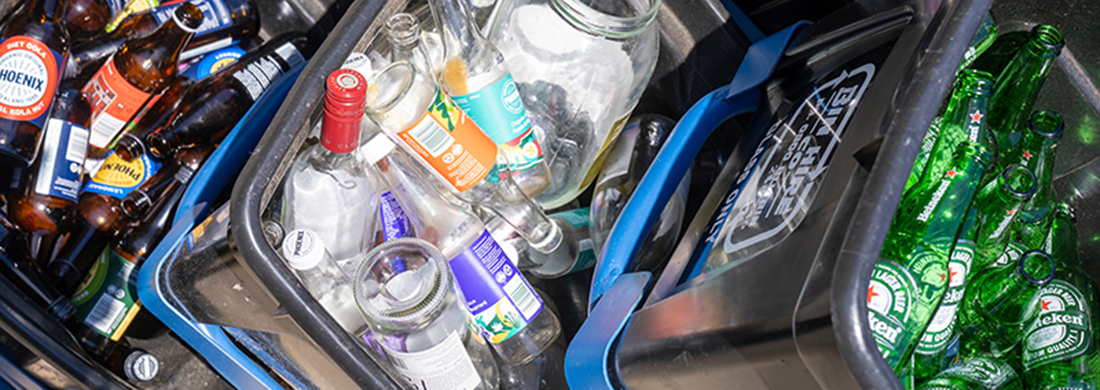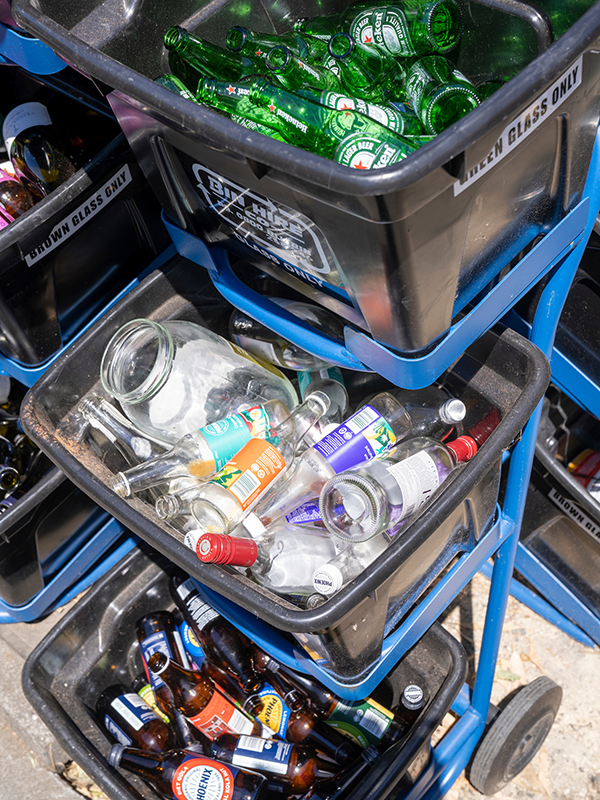
Let’s get glass recycling (colour) sorted

When it comes to glass recycling – just like any recyclable material – there is a good way to go about it, and there’s the best way.
Luckily for glass the best practice is simple – ensure it’s separate from other recyclables and sorted into its three base colours (brown, green, and clear).
This is because when recycled glass (cullet) is used to make new containers it needs to be fed into the furnace in separate colours. Using cullet to make new glass containers is without a doubt the best destination for any glass bottle or jar which can’t be reused.
Using cullet means the furnace can run at a lower temperature and requires fewer virgin materials, reducing emissions, energy use, and the impacts of mining these resources.
Colour sorting the glass can be done at several stages along the journey from the recycling bin to the furnace. However, to get the maximum benefit it should be sorted right at the start when it’s collected.
This results in far less chance of different colours of glass cross contaminating each other, or other recyclable material such as paper and plastic. It also means more glass will make it to the furnace.
In areas where co-mingled recycling bins (everything in one bin) are used, such as Auckland, the sorting happens further down the line and results in less glass being available for recycling.
Luckily a number of councils and contractors are moving to the best practice method of separate, colour-sorted kerbside collections. There is even work being done to convert public place recycling bins so the public can sort the colours themselves.


